
Drone Agriculture
A modern agricultural land monitoring solution using advanced drone technology
An Efficient Solution for Modern Agriculture with Agricultural Drone Technology
In facing today’s agricultural challenges such as limited land availability, climate change, and the increasing demand for high efficiency the adoption of technology has become essential. One of the most prominent innovations gaining traction in the agricultural sector is agricultural drone technology. With its ability to automate and accelerate various farming processes, drones offer an efficient solution that helps farmers enhance productivity while reducing operational costs.
What is Agricultural Drone Technology?
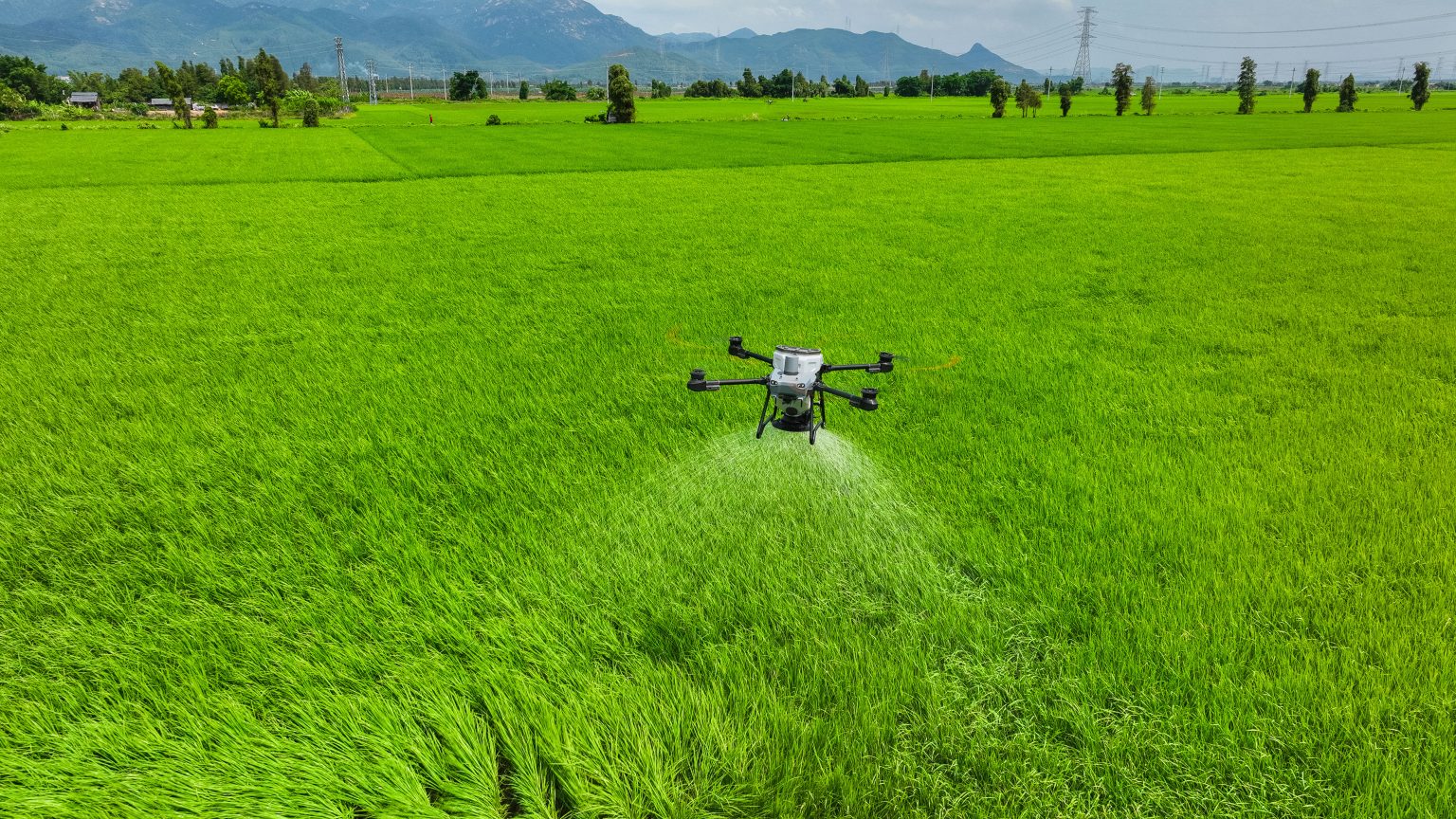
Agricultural drones are unmanned aerial vehicles specifically designed for agricultural purposes such as land mapping, crop health monitoring, pesticide spraying, and the distribution of seeds or fertilizers. This technology is equipped with high-resolution cameras, multispectral sensors, GPS/RTK navigation systems, and AI-powered data analysis software.
The Main Benefits of Drones in Agriculture
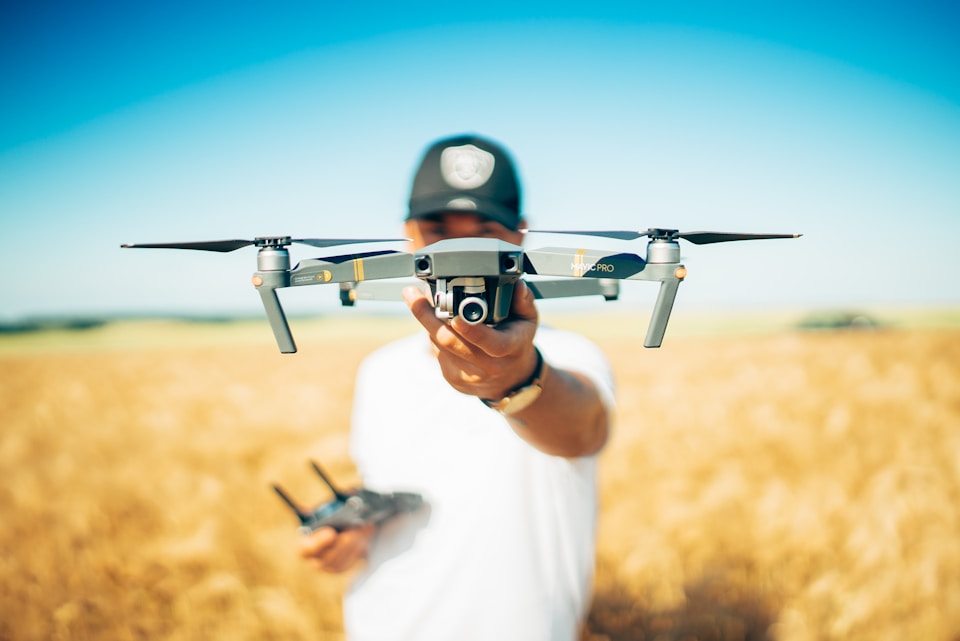
High-Precision Land Mapping and Surveying
Drones can be used to create topographic maps, measure land area, and identify high-risk zones. This technology replaces time-consuming and labor-intensive manual survey methods, providing fast and accurate data.
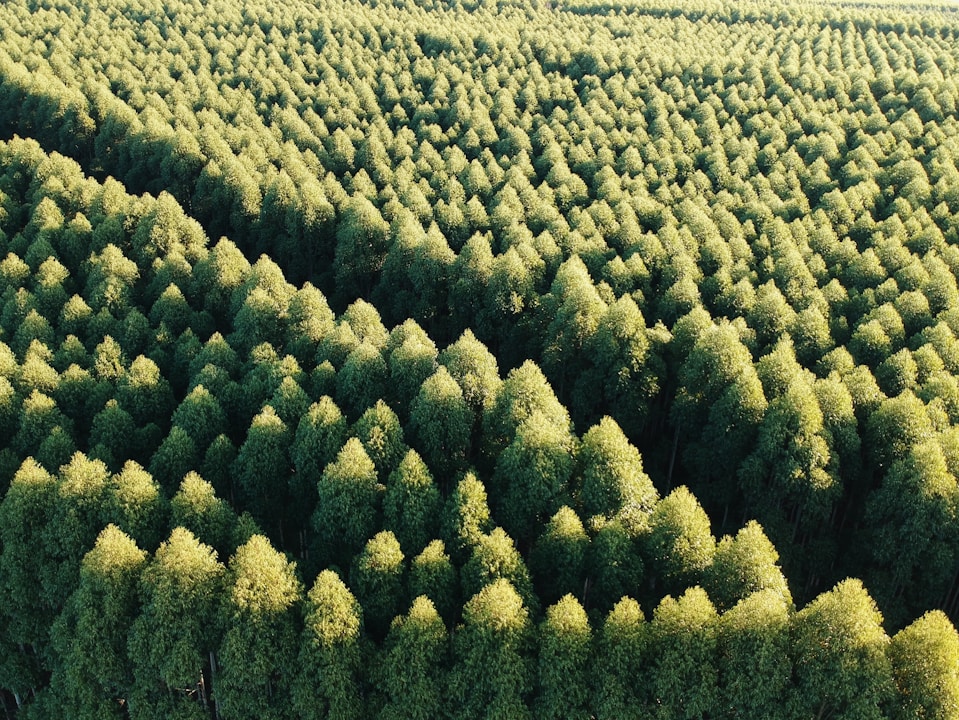
Crop Health Monitoring
Equipped with multispectral sensors or infrared cameras, drones are capable of detecting crop health levels based on vegetation indices such as NDVI (Normalized Difference Vegetation Index). This information allows farmers to identify areas experiencing stress, drought, or pest infestations, enabling timely preventive actions.
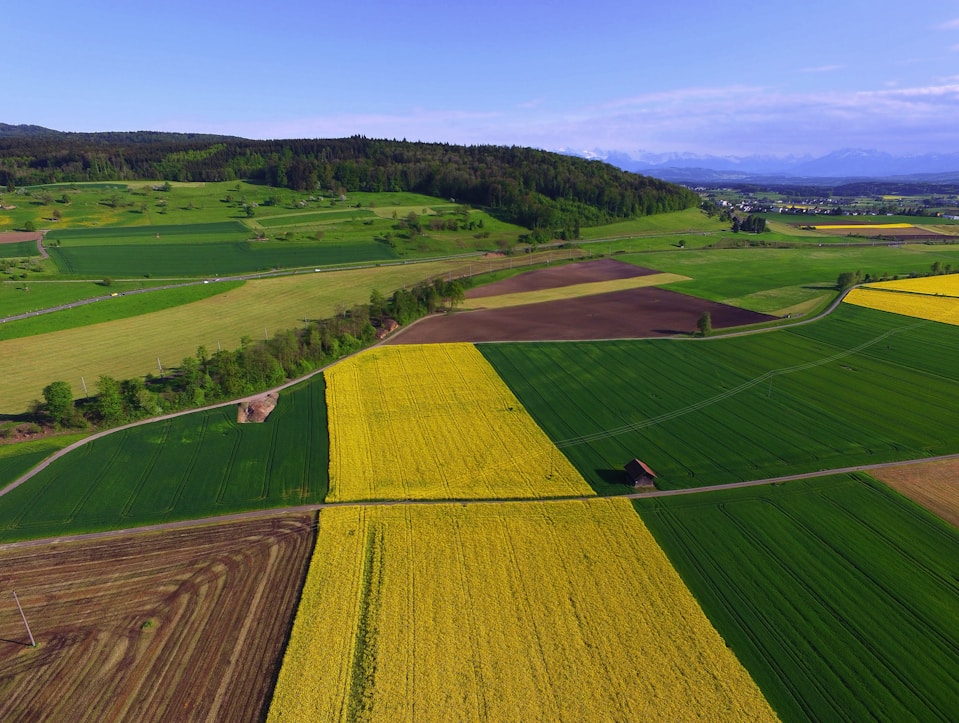
Efficient Spraying and Spreading
Agricultural drones such as the DJI Agras T40 and T50 are designed to perform automated and uniform pesticide spraying and fertilizer spreading. With large payload capacities and precise navigation systems, these drones enable faster, safer operations while reducing chemical usage by up to 30% compared to manual methods.
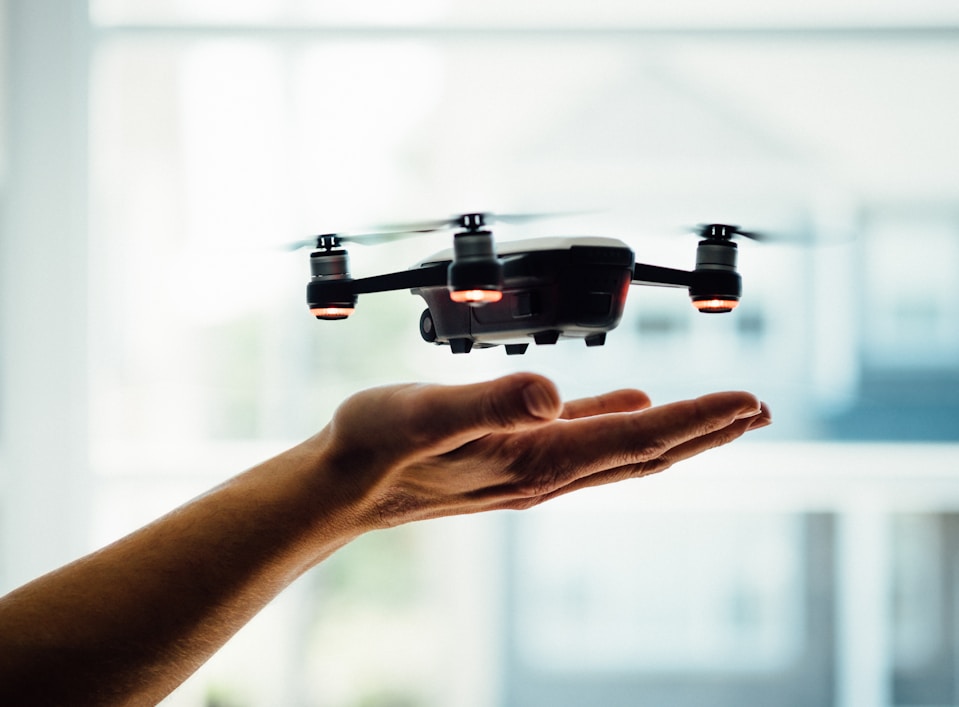
Time and Operational Cost Savings
With the help of drones, tasks that typically take several days can now be completed within hours. In addition, drones reduce the need for field labor, making them highly beneficial in situations where human resources are limited.
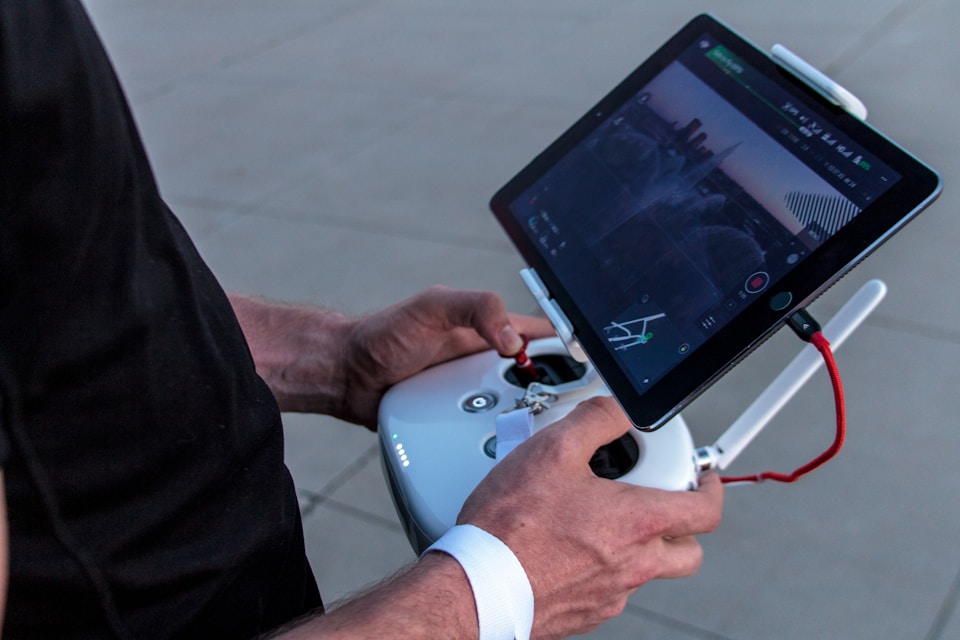
Real-Time Data for Decision-Making
All data collected by drones can be instantly analyzed using software or cloud-based systems, enabling farmers to make data-driven decisions quickly and accurately.
















.jpg)
.jpg)
.jpg)